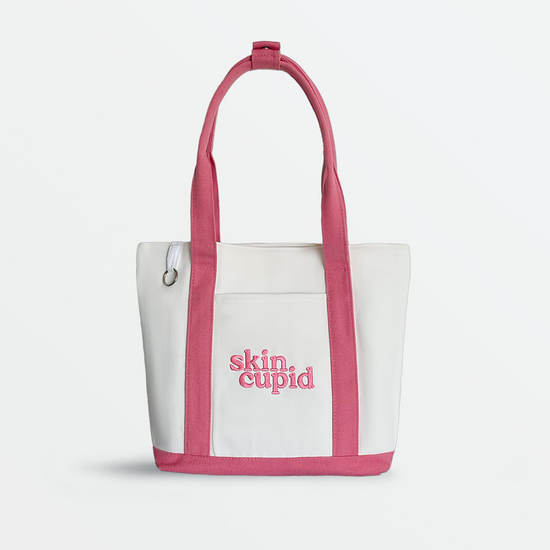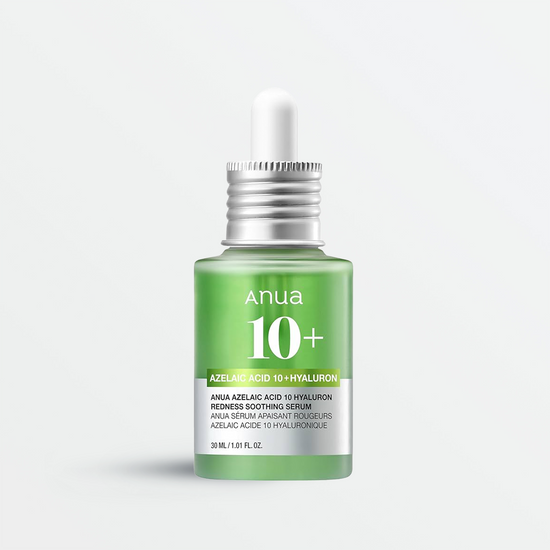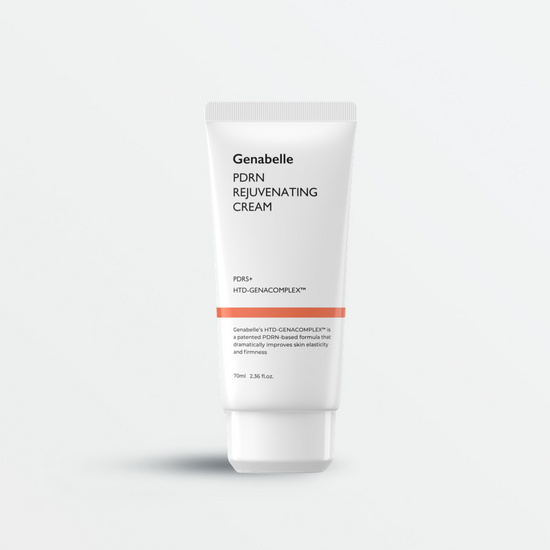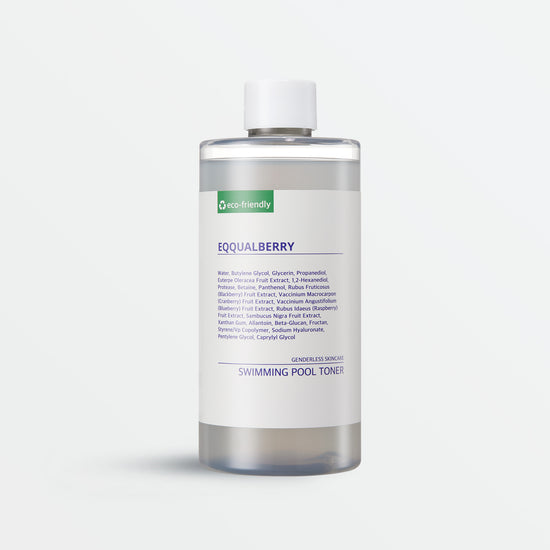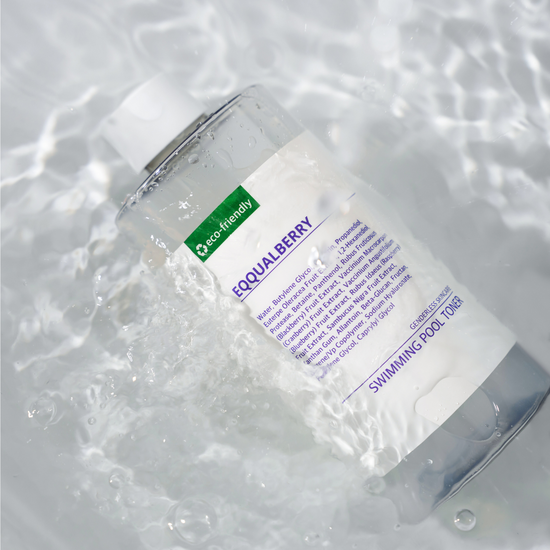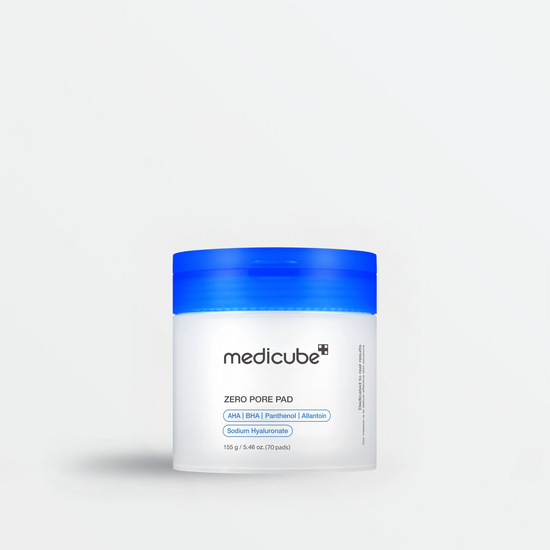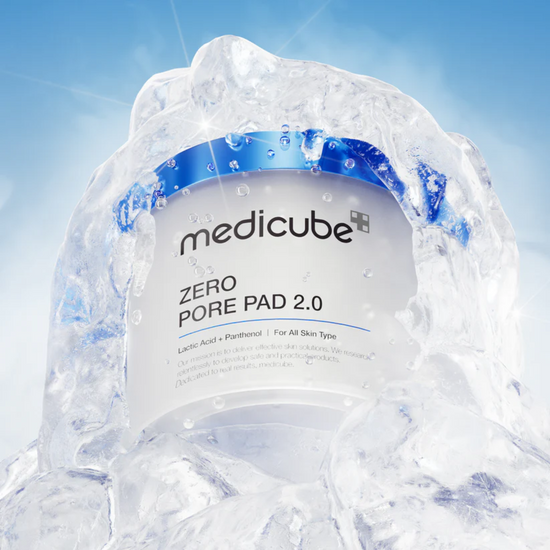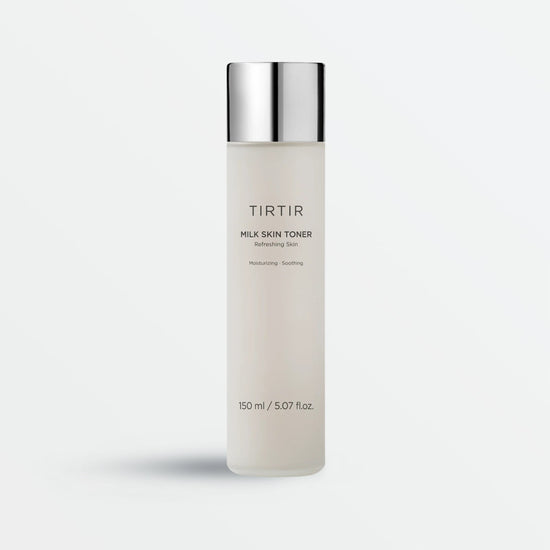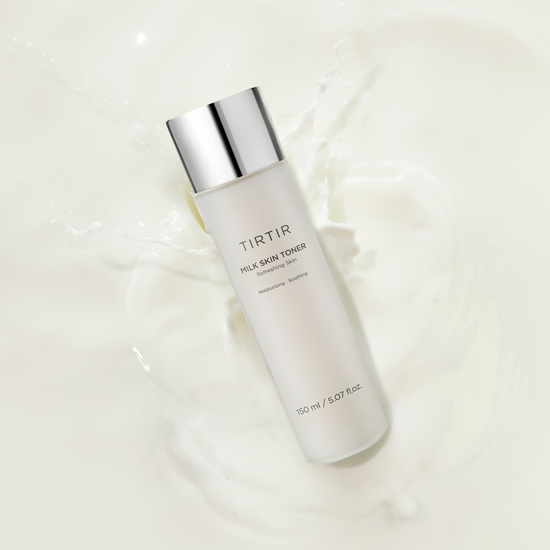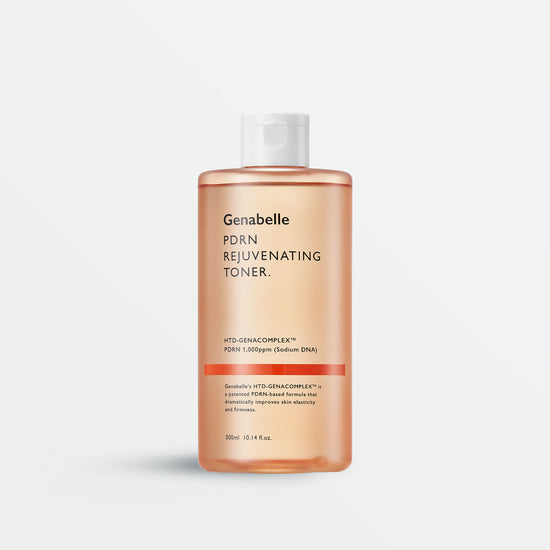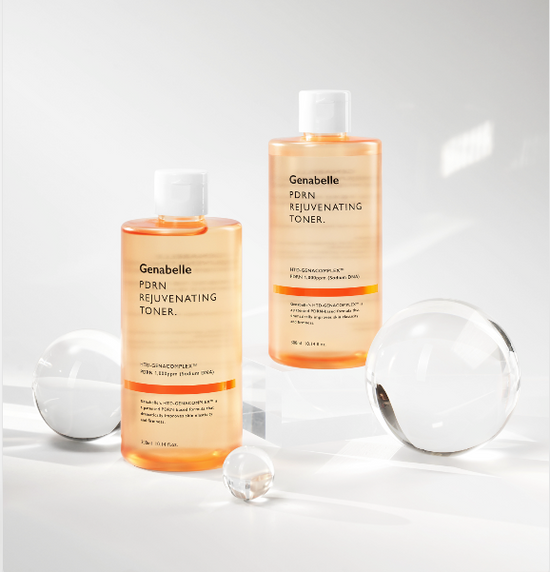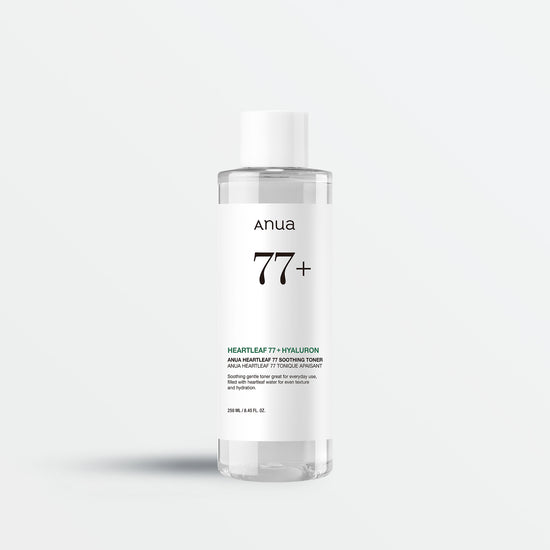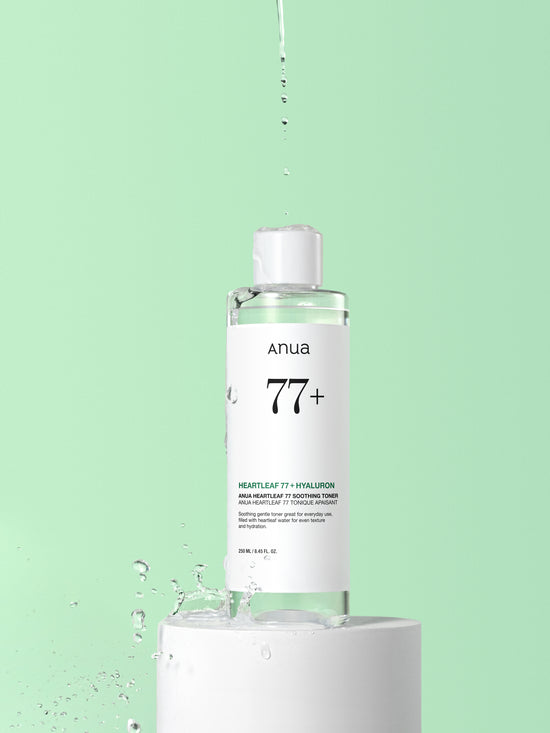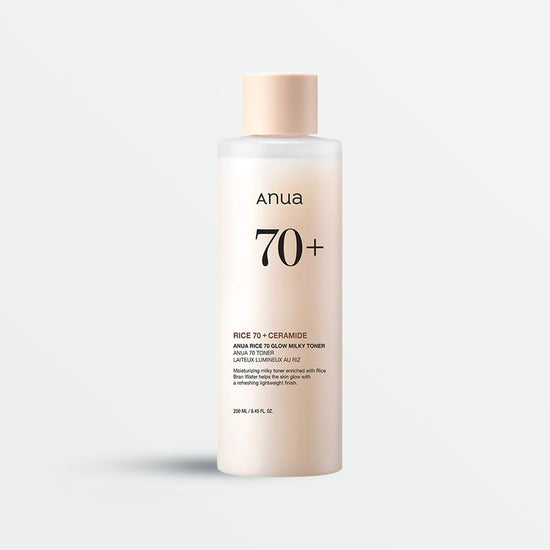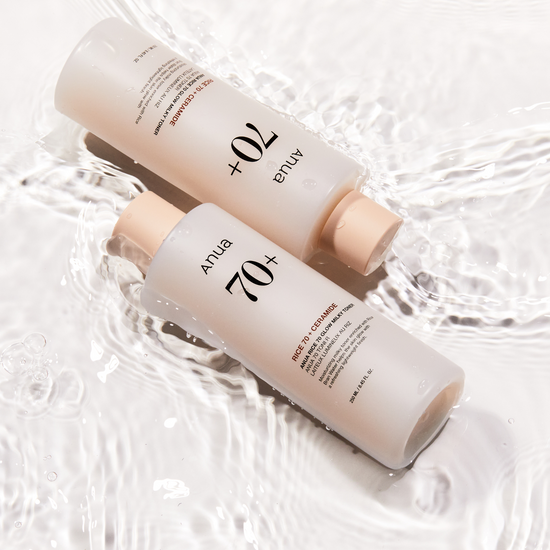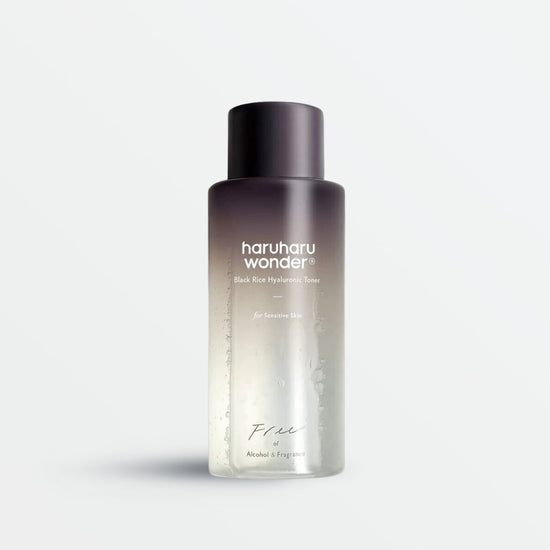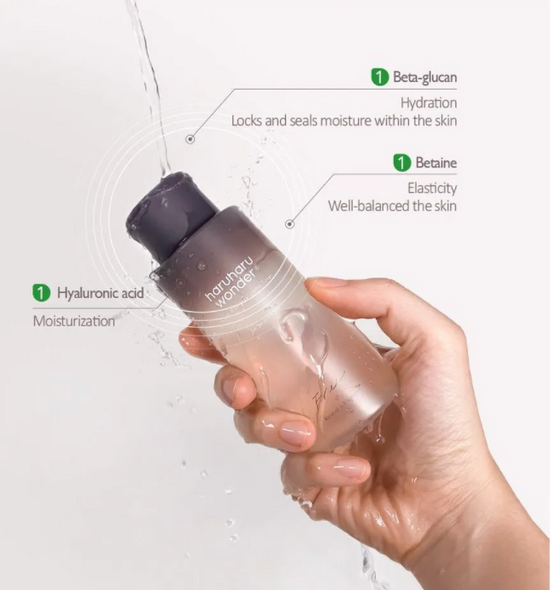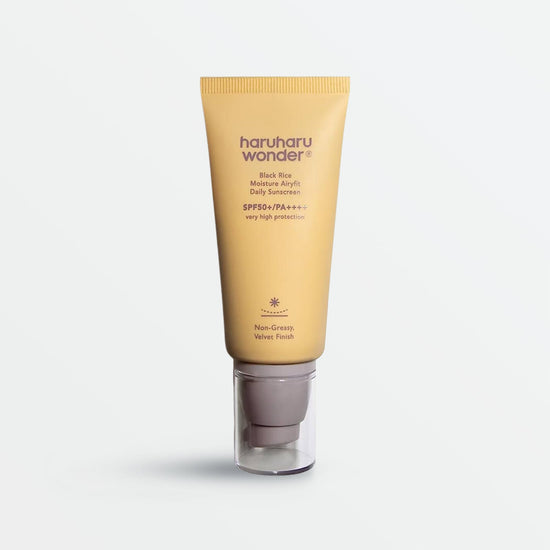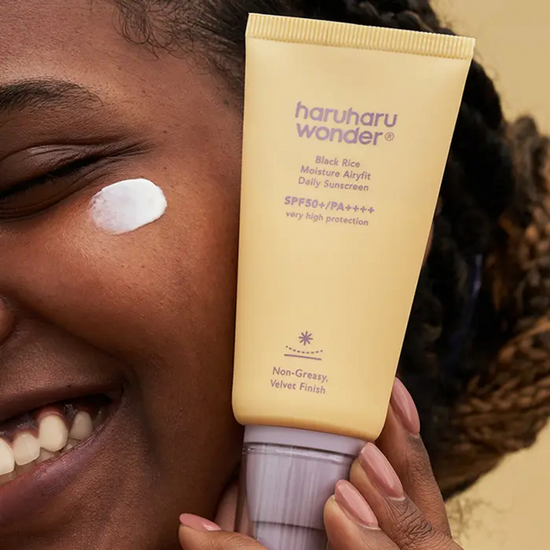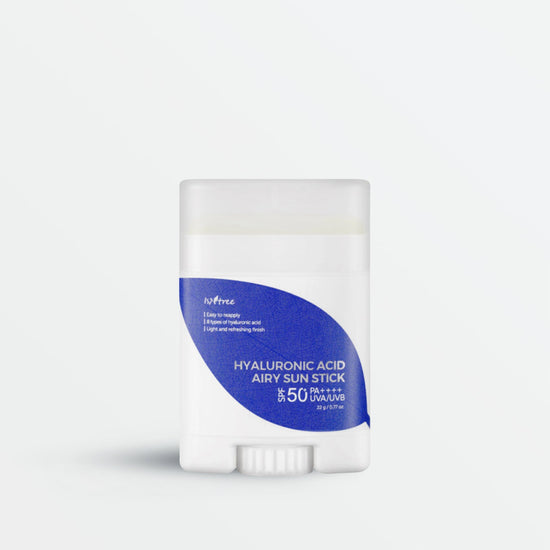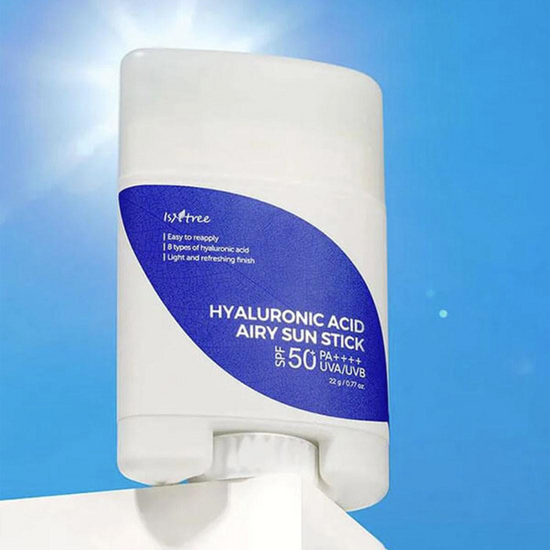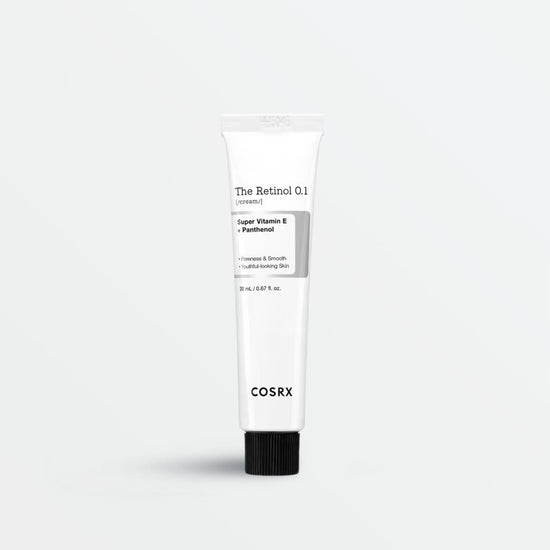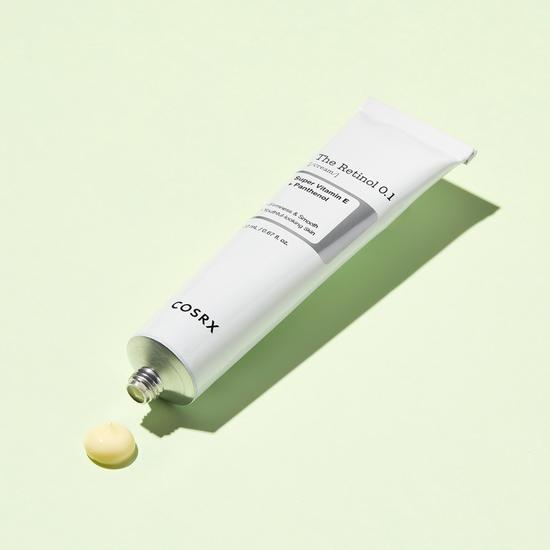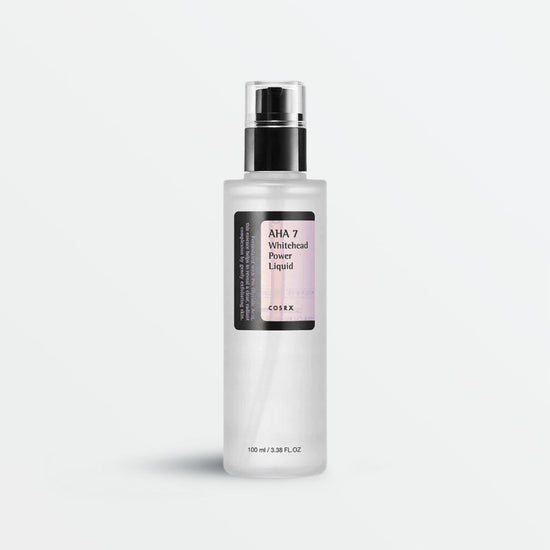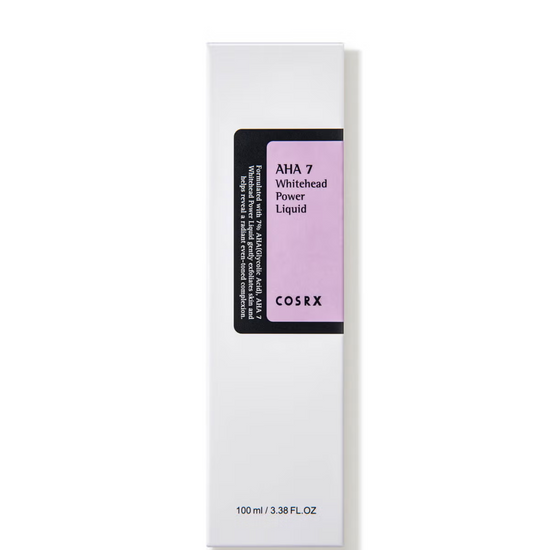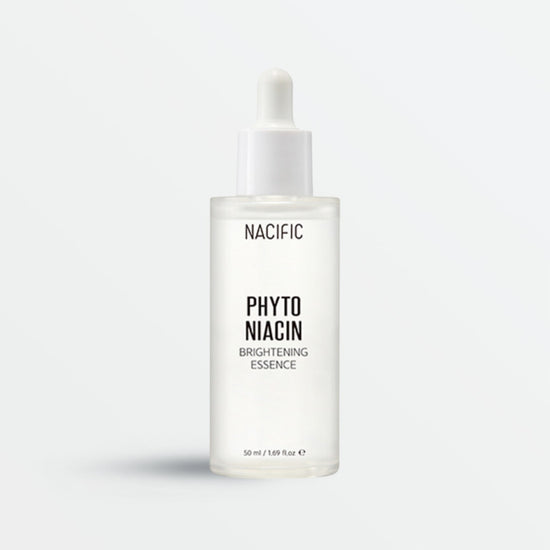Your bag is empty
Posted: 01 December 2023
4 Minute ReadSun-Kissed to Even-Toned: Melanin Reduction Tips
As summer ends, tackle uneven pigmentation with our guide to reduce melanin and restore your skin's radiance for a glowing skincare routine!
Sun-Kissed to Even-Toned: Melanin Reduction Tips
Sun-kissed adventures often leave behind traces of uneven pigmentation, but our guide is here to help you navigate through the steps and strategies to reduce melanin and restore your skin's natural luminosity. Get ready to embrace a skincare routine that brings out your inner glow!
What is Melanin?
Melanin is a natural pigment produced by cells called melanocytes in the skin, hair, and eyes. Its primary function is to protect the skin from the harmful effects of ultraviolet (UV) radiation from the sun. Melanin comes in different forms—eumelanin, responsible for brown and black colours, and pheomelanin, responsible for red and yellow colours. The amount and type of melanin in an individual's skin determine their skin colour. Besides its role in pigmentation, melanin also plays a part in protecting the skin against oxidative stress and contributes to the healing of wounds.
If melanin production remains elevated or if there is an accumulation of melanin in certain areas, it can lead to various skin issues. Here are some potential consequences:
Hyperpigmentation
Prolonged high levels of melanin can result in hyperpigmentation, causing dark spots, patches, or uneven skin tone. This can be triggered by factors such as sun exposure, inflammation, hormonal changes, or skin injuries.
Sun Damage
Excessive melanin production due to prolonged sun exposure without proper protection can lead to sun damage. This may manifest as sunspots, freckles, and an overall uneven complexion.
Melasma
Persistent high levels of melanin can contribute to the development of melasma, a skin condition characterized by brown or grey-brown patches on the face, particularly in areas exposed to the sun.
Age Spots
How to Reduce Melanin Production
Reducing melanin production involves addressing hyperpigmentation or dark spots that may have developed during exposure to the sun.
Sunscreen
Use a broad-spectrum sunscreen with SPF 30 or higher to protect your skin from further sun damage. Apply sunscreen generously, even on cloudy days or during the winter months. To keep the sun protection function, it’s recommended to reapply it every 2-3 hours.
HARUHARU WONDER Black Rice Moisture Airyfit Daily Sunscreen SPF50+ PA++++ - £16.00
ISNTREE Hyaluronic Acid Airy Sun Stick SPF50+ PA++++ (22g) - £25.00
Achieve easy and quick sunscreen re-application with the Holy Grail sun stick, ISNTREE Hyaluronic Acid Airy Sun Stick—even over makeup without a whitecast or greasy feel. The formula, enriched with 8 types of Hyaluronic Acid, nourishing ingredients, brightening Niacinamide, and protective plant extracts, deeply hydrates and shields the skin.
Topical Treatments
Incorporate products containing vitamin C, as it can help lighten dark spots and brighten the skin.
SOME BY MI Galactomyces Pure Vitamin C Glow Serum (30ml) - £19.99
Enriched with 3% Ascorbic Acid and 10 vitamins, SOME BY MI Galactomyces Pure Vitamin C Glow Serum brightens and evens skin tone for a radiant glow. It's free of artificial additives and 20 harsh ingredients, making it safe for sensitive skin.
Retinoids, such as Retinol, can promote cell turnover, helping to fade dark spots and improve overall skin texture. Retinoids should only be used at night to avoid reactions to the sun. For beginners, it's recommended to start using them every 2-3 days until the skin gets used to it. Please avoid using retinoids with exfoliating ingredients or potent substances to prevent reactions.
COSRX The Retinol 0.1 Cream (20ml) - £26.00
Introduce Retinol to your routine with COSRX The Retinol 0.1 Cream, enriched with Super Vitamin E and Adenosine for improved skin elasticity. Avoid using it with AHA, BHA, or Vitamin C. Begin with thrice-weekly application, gradually increasing after a month.
Exfoliation
Use chemical exfoliants like Alpha Hydroxy Acids (AHAs) or Beta Hydroxy Acids (BHAs) 2-3 times a week to remove dead skin cells and promote skin renewal. Be cautious not to over-exfoliate, as this can irritate the skin.
COSRX AHA 7 Whitehead Power Liquid (100ml) - £24.00
AXIS-Y PHA Resurfacing Glow Peel (50ml) - £19.50
With 10% PHA, AXIS-Y PHA Resurfacing Glow Peel exfoliates and soothes, leaving your skin glowing and clear. Formulated with 5 fruits and vegetables, it nourishes, reduces inflammation, and helps with acne scars; plus, Camellia Flower Extract tackles excess sebum and offers anti-ageing benefits.
Brightening Agents
Look for ingredients such as Niacinamide, Arbutin, and Licorice extract which are known for their skin-lightening properties.
AXIS-Y Dark Spot Correcting Glow Serum (50ml) - £19.00

Experience proven results with AXIS-Y Dark Spot Correcting Glow Serum, featuring 5% Niacinamide, Rice Bran, and plant-derived Squalane. Achieve radiant, hydrated skin while addressing dark spots and uneven tones.
NACIFIC Phyto Niacin Brightening Essence (50ml) - £18.00
Stay Hydrated
Proper hydration supports overall skin health. Drink an adequate amount of water daily to help your skin maintain its natural balance.
Healthy Diet
Consume a diet rich in antioxidants, vitamins, and minerals to support skin health from within. Foods high in vitamin C, such as citrus fruits and berries, may contribute to skin brightening.





 Subscription box
Subscription box 
